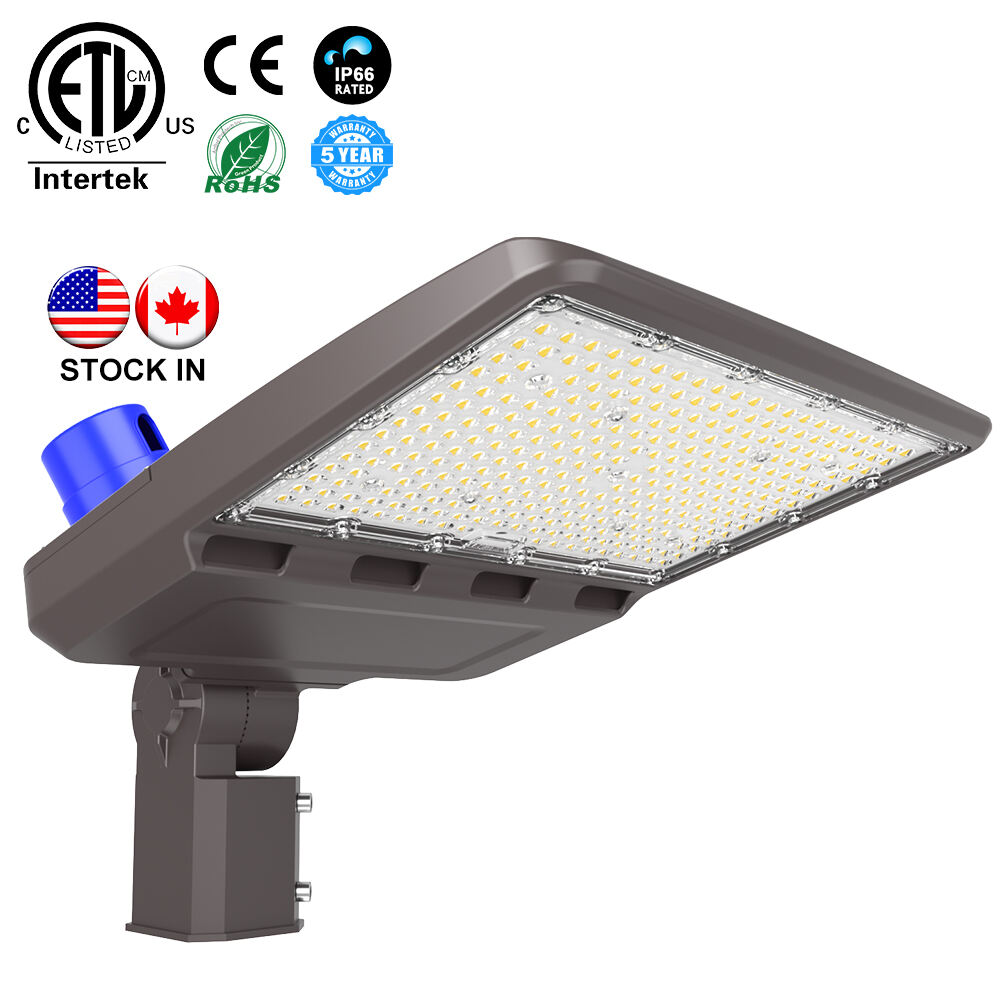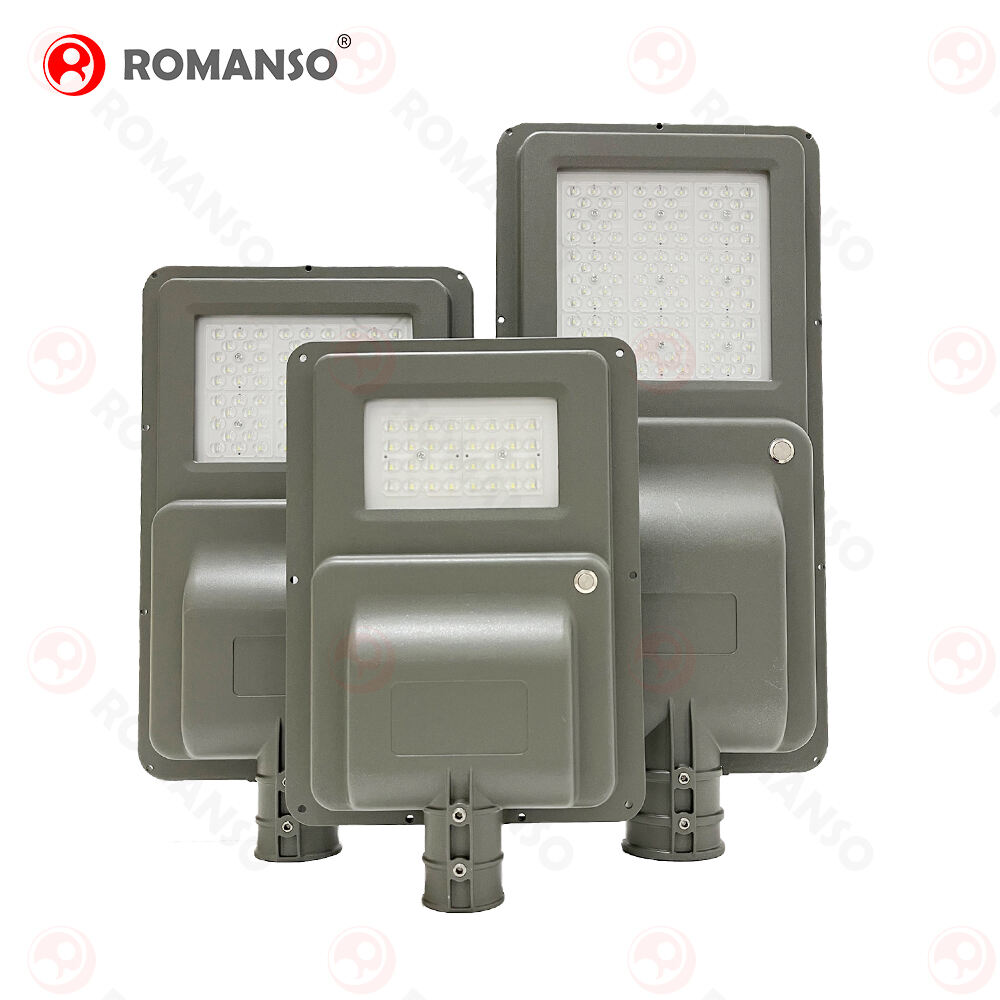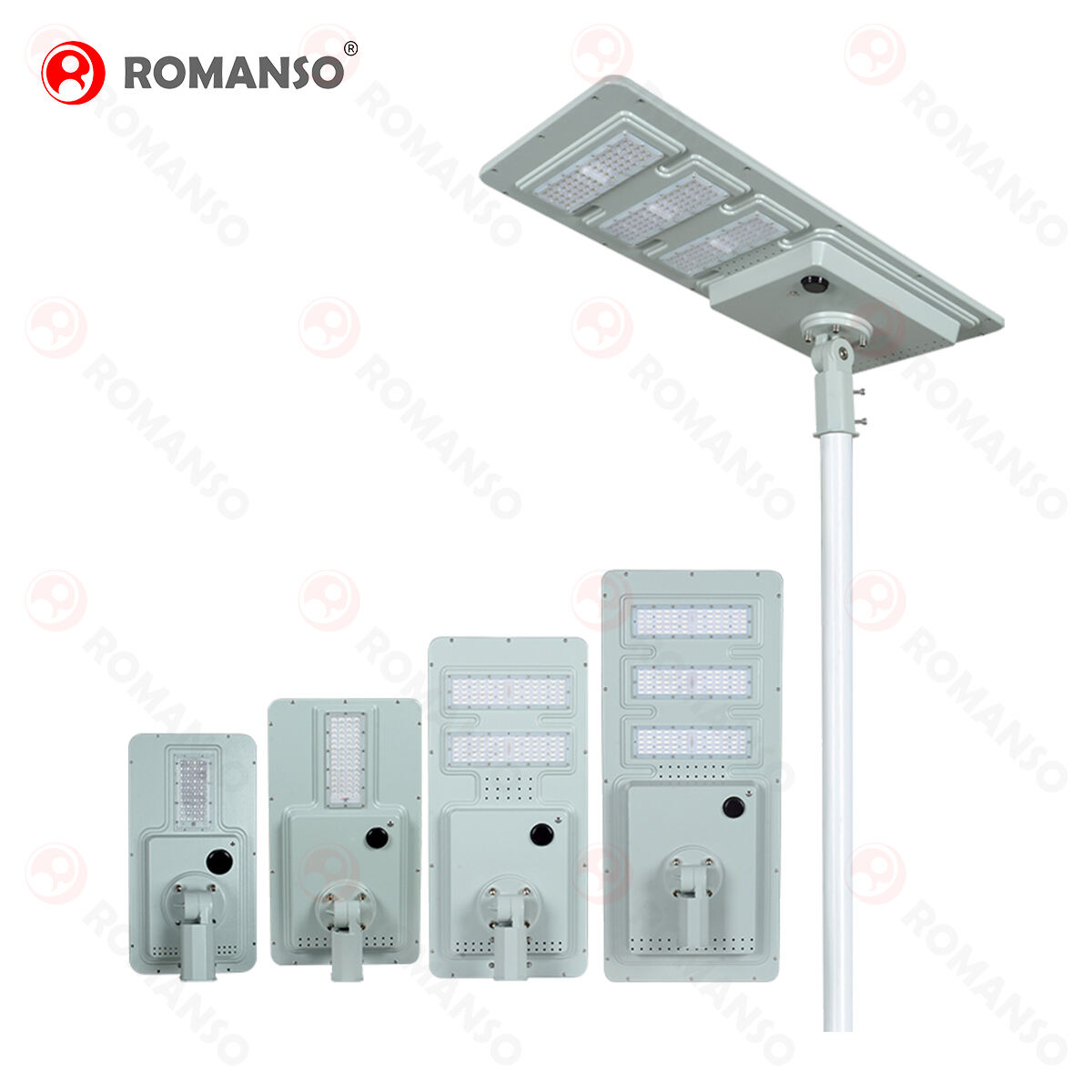Illuminating the Outdoors: The Impact of LED Outdoor Lighting on Urban Landscapes
2025
Enhancing Urban Safety with LED Outdoor Lighting
Crime Reduction Through Brighter Illumination
One compelling advantage of LED outdoor lighting is its significant impact on crime reduction. Numerous studies have shown that improved lighting can decrease crime rates, with some areas reporting up to a 30% reduction in certain crimes upon implementing bright LED lights. This crime reduction occurs because brighter illumination enhances visibility, deterring criminal activities by increasing the likelihood of detection source. Community feedback often reveals a stronger sense of security in well-lit areas, prompting more evening foot traffic. With flexible design capabilities, LED lighting can be tailored to meet the specific needs of urban environments and high-crime areas, ensuring that every corner offers enhanced safety without compromising aesthetics. Combining the installation of LED lights with community-focused urban planning can lead to safer, more vibrant societies.
Smart Motion Sensors for Adaptive Security
Integrating smart motion sensors with LED lighting further enhances urban security while promoting energy conservation. These innovative systems activate lights only when movement is detected, effectively reducing energy waste and securing spaces without unnecessarily illuminating them. By incorporating urban management platforms, cities can harness real-time data on public spaces, making informed decisions to enhance safety. Adaptive lighting systems not only brighten areas in response to unexpected movement but also increase surveillance effectiveness, providing peace of mind for both residents and law enforcement. As cities adopt smart technology, they witness improved safety ratings alongside reduced operational costs. The strategic combination of LEDs with motion sensors presents an opportunity to redefine urban security effectively.
Energy Efficiency and Sustainable Urban Development
75% Energy Savings vs Traditional Lighting
Transitioning to LED outdoor lighting holds substantial promise for energy savings, with potential reductions reaching up to 75% compared to conventional lighting solutions like incandescent or halogen bulbs. This impressive reduction in energy consumption translates into significantly lower electricity costs for municipalities, enabling vital funds to be redirected toward other critical urban services. Numerous case studies have showcased a rapid return on investment for cities that have adopted LED solutions, primarily due to these energy savings. Furthermore, LEDs boast a longer lifespan, which diminishes the frequency of replacements and maintenance costs, further bolstering their long-term cost-effectiveness.
Solar Integration for Carbon-Neutral Solutions
Solar-powered LED lighting systems make a commendable contribution to carbon-neutral initiatives within urban development. By minimizing the dependency on the grid, these systems promote energy independence and sustainability, leading to a progressive shift toward eco-friendly infrastructure. Embracing solar technology enhances urban resilience against climate change impacts while providing essential street and area lighting solutions. Often, incentives supporting solar installations can help offset initial costs, encouraging wider adoption by cities committed to sustainable development.
Romanso's LED Solutions Transforming Urban Landscapes
100W Area Lights for Underserved Locations
Romanso has developed 100W area lights specifically to address the lighting needs of underserved urban locations. These lights are designed to provide equal illumination access, enhancing visibility in dark public spaces, thereby promoting community engagement and safety. Rapid deployment can occur in areas requiring urgent lighting solutions, thanks to the lights' easy installation features. Urban planners have reported significant improvements in safety perceptions following upgrades with Romanso's lighting, making it an indispensable tool in creating safer and more inviting environments.
Solar Street Lights with 170LPW Efficiency
Romanso's solar street lights with 170 lumens per watt (LPW) efficiency provide optimal brightness while emphasizing energy efficiency gains. These lights are particularly advantageous in remote areas with inconsistent or non-existent electricity supply, enabling sustainable solutions. Municipalities integrating Romanso’s solar street lights have witnessed significant reductions in operational costs and heightened public safety. The modern design and robust technology of these lights ensure their resilience in various environmental conditions, making them an excellent choice for remote and efficient urban lighting.
IP65 Waterproof Road Lights for All Conditions
Romanso's IP65 waterproof road lights are engineered to withstand dust and water, offering reliability in all weather conditions. Particularly suitable for communities facing extreme weather, these durable lights translate into reduced maintenance needs and costs. By integrating environmental resilience and an extended lifespan, Romanso's solutions contribute to sustainable urban infrastructure development. Data further supports that employing such advanced technology positively impacts long-term urban planning, fostering robust and resilient cityscapes.
Combating Light Pollution with Precision LED Design
Directional Optics for Focused Illumination
Directional optics play a pivotal role in reducing light pollution by concentrating illumination on specific areas, thus minimizing sky glow. This focused approach ensures that light is directed where it is needed most, preventing unnecessary dispersion into the night sky. Research emphasizes that strategically designed lighting fixtures can notably mitigate the adverse effects of urban lighting, highlighting the importance of comprehensive lighting designs. As urban areas grapple with increasing light pollution, cities may implement stricter regulations on lighting designs that exacerbate this environmental issue. By adopting directional optics, municipalities can achieve a balance between maintaining public safety and promoting sustainability in urban lighting design.
Warm Color Temperatures Preserving Night Skies
Using warm color temperatures in lighting offers better comfort and visibility while significantly reducing contributions to light pollution. These warmer, softer lights are not only aesthetically pleasing but also environmentally considerate, as studies suggest they help preserve local wildlife and ecosystems affected by harsh lighting. For instance, warmer lights are less likely to disrupt the circadian rhythms of nocturnal animals, minimizing ecological disturbances. Cities that introduce such lighting policies demonstrate a strong commitment to environmental stewardship and sustainability. Additionally, engaging communities in these discussions around light temperature can foster stronger relations, as residents become active participants in preserving their night skies. Through thoughtful lighting design, urban areas can improve public spaces while respecting the natural environment.
Long-Term Infrastructure Durability
50,000-Hour Lifespan Reducing Maintenance
One of the standout features of LED lights is their impressive 50,000-hour lifespan. This extended longevity significantly reduces both the frequency and cost of maintenance when compared to traditional lighting solutions. Municipalities find this attribute particularly attractive as it leads to substantial budgetary savings over time. Research suggests that cities opting for long-lasting lighting methods experience fewer disruptions in public services. Furthermore, the ability of LEDs to outlast alternatives like traditional incandescent and halogen bulbs means that fewer replacements are required, which contributes positively to sustainability by reducing waste generated from used lighting fixtures. By opting for LED lighting, towns can allocate their resources more efficiently, investing in other community needs without the constant burden of replacing expired lights, thus enhancing overall infrastructure durability.
IP66 Rated Aluminum Housing for Harsh Climates
Another remarkable feature of certain LED lights, such as those offered by Romanso, is their IP66-rated aluminum housing which provides excellent protection against tough environmental conditions, including rain, dust, and extreme temperatures. Such robust construction significantly extends the life span of lighting systems, ensuring they continue to function effectively for many years. In urban planning and infrastructure development, adopting resilient materials and systems is essential, particularly in regions prone to severe weather patterns. Data from local government agencies highlights how these rugged materials have successfully decreased repair and replacement needs, underscoring their vital role in urban planning, especially in areas frequently hit by adverse weather. For municipalities aiming to ensure durability while maximizing infrastructure efficiency, employing durable materials like IP66-rated aluminum in street lighting systems is a strategic and forward-thinking measure that pays dividends in the long run.

 EN
EN
 AR
AR
 BG
BG
 HR
HR
 CS
CS
 DA
DA
 NL
NL
 FI
FI
 FR
FR
 DE
DE
 EL
EL
 HI
HI
 IT
IT
 JA
JA
 KO
KO
 NO
NO
 PL
PL
 PT
PT
 RO
RO
 RU
RU
 ES
ES
 SV
SV
 CA
CA
 TL
TL
 IW
IW
 ID
ID
 LV
LV
 LT
LT
 SK
SK
 SL
SL
 UK
UK
 ET
ET
 GL
GL
 HU
HU
 MT
MT
 TH
TH
 TR
TR
 FA
FA
 MS
MS
 GA
GA







